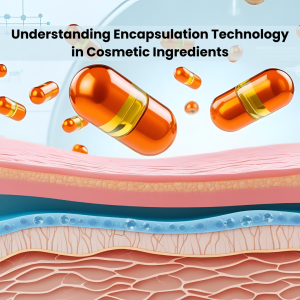Encapsulating Materials in Cosmetic Formulations
Choosing the Right Shell for Better Skin Delivery
The shell is important in determining the efficacy of the integrated cosmetic ingredient. The shell plays a not only protecting core material from degradation in the environment but also determining when and how it would be released into the skin.[3]
When deciding the shell that formulators would be using for topical cosmetic products, they need to consider the following characteristics:






